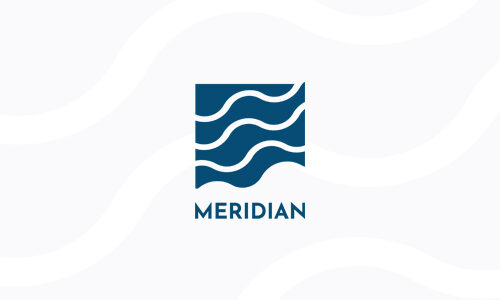Passing the training program, trainee will gain:
- experience in handling ships under various conditions and will make a more effective contribution to the bridge team during ship maneuvering in normal and emergency situations.
- familiarization with the use of engines and helm for ship maneuvering;
- an understanding of the effects on the behavior of the ship of wind, current, shallow water, banks and narrow channels and condition of loading;
- a greater awareness of the importance of planning a passage or maneuver and the need for an alternative plan;
- a greater understanding and awareness of efficient bridge procedures and bridge teamwork during watchkeeping and ship handling, in normal and in emergency situations;
- a greater awareness and understanding of a good interactive communication style and benefit of building up a common shared mental model of the planned passage
Entry Standards for admission to training course are:
- Certificate of Competency, Education Certificate or Certificate of Proficiency;
- Seamen’s book or Civil passport or ID;
- Medical Certificate or medical certificate form 100 (for coastal water area seafarers’);
- Trainees wishing to enter this course should have a minimum of six months experience and should also have completed a course of training which meets or exceeds the standard set out in IMO Assembly resolution A.483 (XII), training in radar observation and plotting (see IMO Model Course 1.07).
| Duration | 26 hours |
| language | English |
| Students | 3-6 |
| Assessment | 1 |
Course Features
- Lectures 0
- Quizzes 0
- Duration 10 weeks
- Skill level All levels
- Language English
- Students 0
- Assessments Yes



